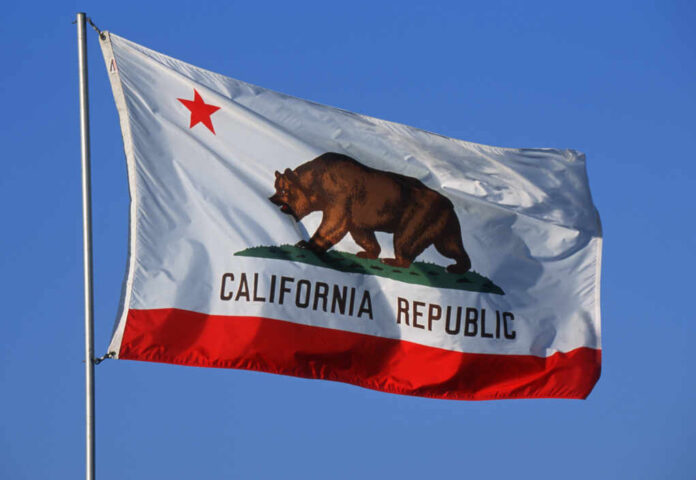
California’s cap-and-trade program has amassed $33 billion, a financial powerhouse fueling the state’s ambitious climate change efforts.
At a Glance
- Nearly $33 billion has been raised for climate projects through the cap-and-trade program.
- The program funds 117 climate programs across California.
- In 2024, $1.9 billion was invested in nearly 12,000 new projects.
- Governor Newsom and legislative leaders plan to extend the program beyond 2030.
California’s Strategic Climate Finance
The cap-and-trade program launched in 2006 has amassed nearly $33 billion, becoming a cornerstone of California’s climate initiatives. Funds generated from the program support 117 distinct projects, ranging from utility bill credits to enhancing community infrastructure. The initiative imposes financial charges on large-scale polluters, incentivizing investments in cleaner technology and aiding the state’s goal of achieving carbon neutrality by 2045. Federal scrutiny looms as California leaders advocate for a program extension beyond its 2030 deadline.
California’s Governor Gavin Newsom has highlighted the achievements of the program, pointing to the creation of healthier and more sustainable communities statewide. He noted the dual benefits of pollution reduction and economic growth, as $15 billion has been circulated back to communities through utility bill credits.
Impact and Community Advancement
In 2024, nearly $2 billion of the funds were channeled into 12,000 new initiatives, heavily benefiting underserved communities. This year alone, $1.2 billion directly impacted households and local development projects. Investments target reducing emissions that equate to removing 80% of the state’s gas cars from the roads for one year, evidencing significant environmental footprints.
“CALIFORNIA IS PROVING THAT CUTTING POLLUTION CREATES JOBS AND BOOSTS COMMUNITIES. BY HOLDING POLLUTERS ACCOUNTABLE, WE’RE SENDING BILLIONS OF DOLLARS BACK TO COMMUNITIES AND BACK TO PEOPLE’S WALLETS THROUGH CREDITS ON UTILITY BILLS. AND WE’VE GOT THE RECEIPTS: HEALTHIER AND CLEANER COMMUNITIES AND THOUSANDS OF GOOD PAYING JOBS.” – Governor Gavin Newsom.
The funds support projects including tribal land stewardship, energy-efficient appliances, and forest health programs, safeguarding communities from wildfires. With an aim to curb greenhouse gas emissions, fees are collected from energy and fuel providers, inadvertently passing costs to consumers. However, the program offsets this through substantial community investments.
Challenges and Future Steps
With California’s greenhouse gas emissions reduced by 20% since 2000 while the GDP has soared by 78%, the program stands as a testament to the potential of integrated environmental strategy and economic progress. The state has set records in clean energy and battery storage capacities, driving community advancement.
“California must continue to lead on reducing pollution and ensuring our climate dollars benefit all residents. That’s why we’re doubling down on cap-and-trade: one of our most effective tools to cut emissions and create good-paying jobs.” – Newsom, Senate President pro tempore Mike McGuire, and Assembly Speaker Robert Rivas.
Governor Newsom and California leaders emphasize the extension of the cap-and-trade program past 2030. This continuation is seen as essential to meet the 2045 target for net-zero carbon emissions. As federal authorities assess the program, California’s unwavering commitment to climate goals remains evident, ensuring environmental policy remains at the forefront of its legislative agenda.




























